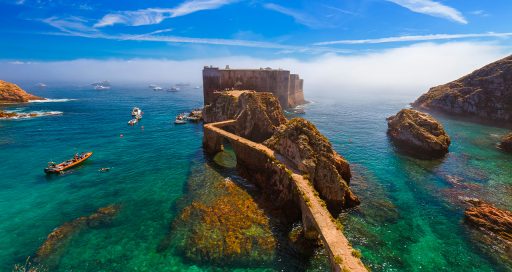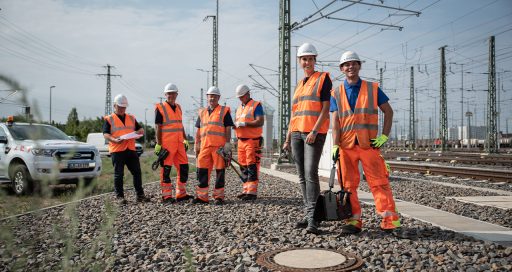With support from UNESCO, Axians Portugal has designed a new digital platform to highlight the value of Portugal’s 12 biosphere reserves.

Biosphere reserves are extremely important sites due to their high ecological, cultural, economic and social value. They are officially recognised through the Man and Biosphere Programme, a collaboration between UNESCO and national governments.
Worldwide, the 748 official biosphere reserves in 134 countries cover a total area of 7 million square kilometres – almost the size of Australia and approximately 3.5 percent of Earth’s surface. But these ecosystems are lacking in visibility, knowledge sharing and management tools. Biosphere managers struggle daily to roll out their development plans and Biospheres fail to demonstrate their value.
With exactly this in mind, and led by two professors from NOVA FCSH (University of Lisbon) and the University of Coimbra (Faculty of Science and Technology), the project aimed to create a tool for showcasing Portugal’s 12 biosphere reserves. The project gained support from UNESCO and in June 2022, Axians, the VINCI Energies ICT brand, was invited to develop its digital platform.
“Our mission was to create a digital portal to showcase Portugal’s biosphere reserves, to support and amplify the impact of their development plans,” says Sonia Frazão, Head of Enterprise Design at Axians Portugal.
Interactive dashboard
Officially launched and presented to Unesco and to the Portuguese government, on 28 September 2023, the Reservas de Biosfera Portugal digital platform includes a Web Portal that provides an overview of the project commitment, the Portuguese Biospheres, its communities, history, natural and cultural heritage. Each reserve also has its own dedicated Website and CMS (content management system). Cloud infrastructure hosts all the information and data collected from the sites and makes them available in more than 20 interactive dashboards packed with 350 indicators, along with two interactive maps highlighting the reserves’ cultural and natural heritage.
A scalable, flexible and ready-to-use pilot project.
To complete this project, Axians needed to work together with a large number of stakeholders. Sonia Frazão explains that “We needed to manage the brief with two separate customers – science investigators in two different universities. We also had to bring together the managers of each of the 12 reserves, who did not all know each other, and include local and national authorities in the decision-making process.”
She continues: “The difficulty lay in collating everyone’s expectations and in particular, all the data we needed. Our contacts often had little knowledge of digital and data was scattered across a range of sources.”
Rolling out the pilot project
In total, around 20 Axians employees worked on this assignment to define the needs, performance indicators and identity for each reserve, while simultaneously creating a shared identity. The result was certainly convincing, not least to the Portuguese government, which decided to provide long-term financial support for the project.
“We trained the reserve teams to feed and curate the platform,” says Sonia Frazão, “And we are now in discussion with the customer about enhancing the tool and creating a space for sharing feedback between the different reserves.”
Sonia Frazão’s team also approached several countries that have biosphere reserves to roll out this scalable, flexible and ready-to-use pilot project. She emphasises that the tool could also be rolled out in “other fields where different stakeholders share a common interest”.
748
The number of biosphere reserves recognised by UNESCO in 134 countries, covering a total area of 7 million square kilometres – almost the size of Australia and approximately 3.5 percent of Earth’s surface.
21/05/2024




